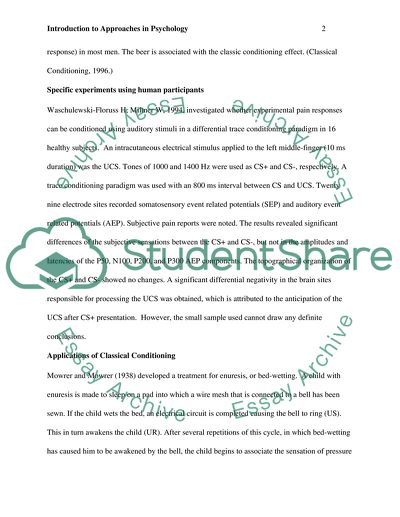Cite this document
(Classical Conditioning: How It Works With Examples Case Study, n.d.)
Classical Conditioning: How It Works With Examples Case Study. Retrieved from https://studentshare.org/psychology/1535630-introduction-to-approaches-in-psychology-essay-1
Classical Conditioning: How It Works With Examples Case Study. Retrieved from https://studentshare.org/psychology/1535630-introduction-to-approaches-in-psychology-essay-1
(Classical Conditioning: How It Works With Examples Case Study)
Classical Conditioning: How It Works With Examples Case Study. https://studentshare.org/psychology/1535630-introduction-to-approaches-in-psychology-essay-1.
Classical Conditioning: How It Works With Examples Case Study. https://studentshare.org/psychology/1535630-introduction-to-approaches-in-psychology-essay-1.
“Classical Conditioning: How It Works With Examples Case Study”, n.d. https://studentshare.org/psychology/1535630-introduction-to-approaches-in-psychology-essay-1.


